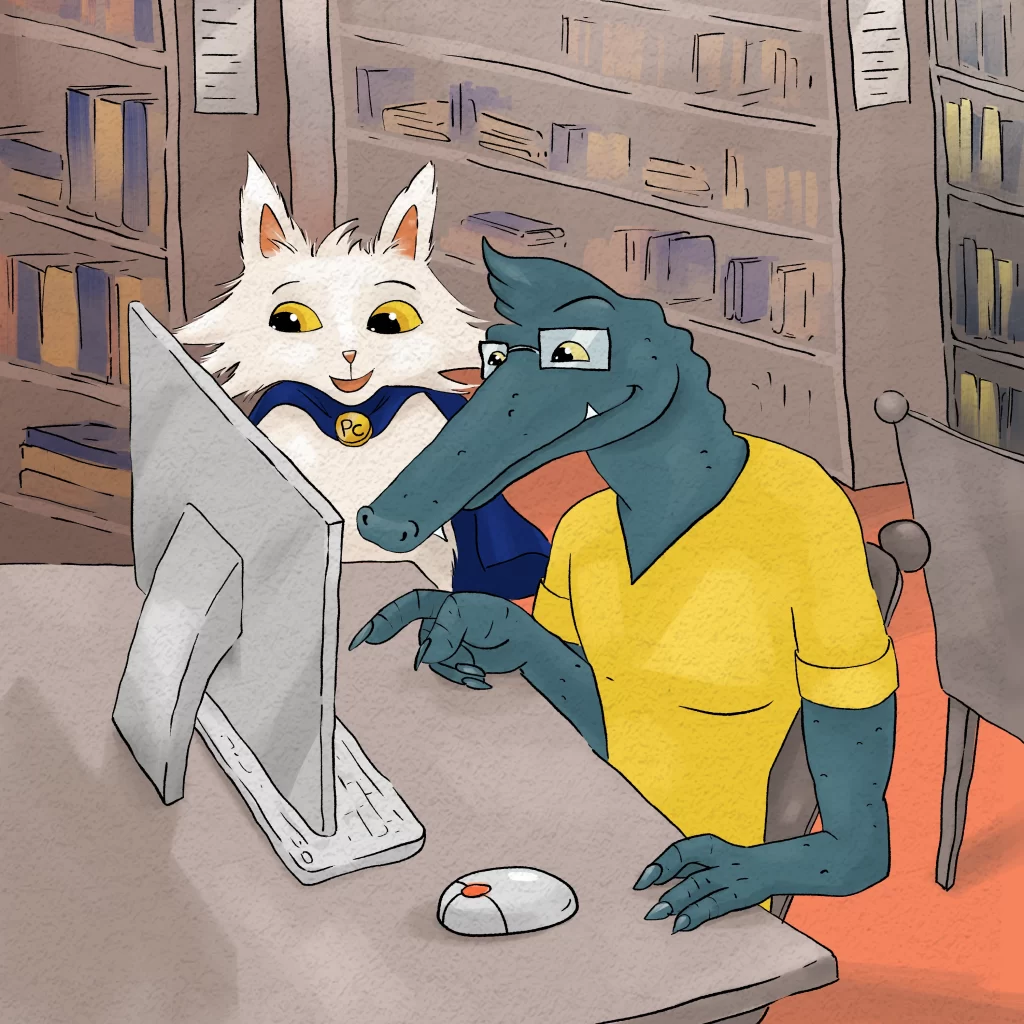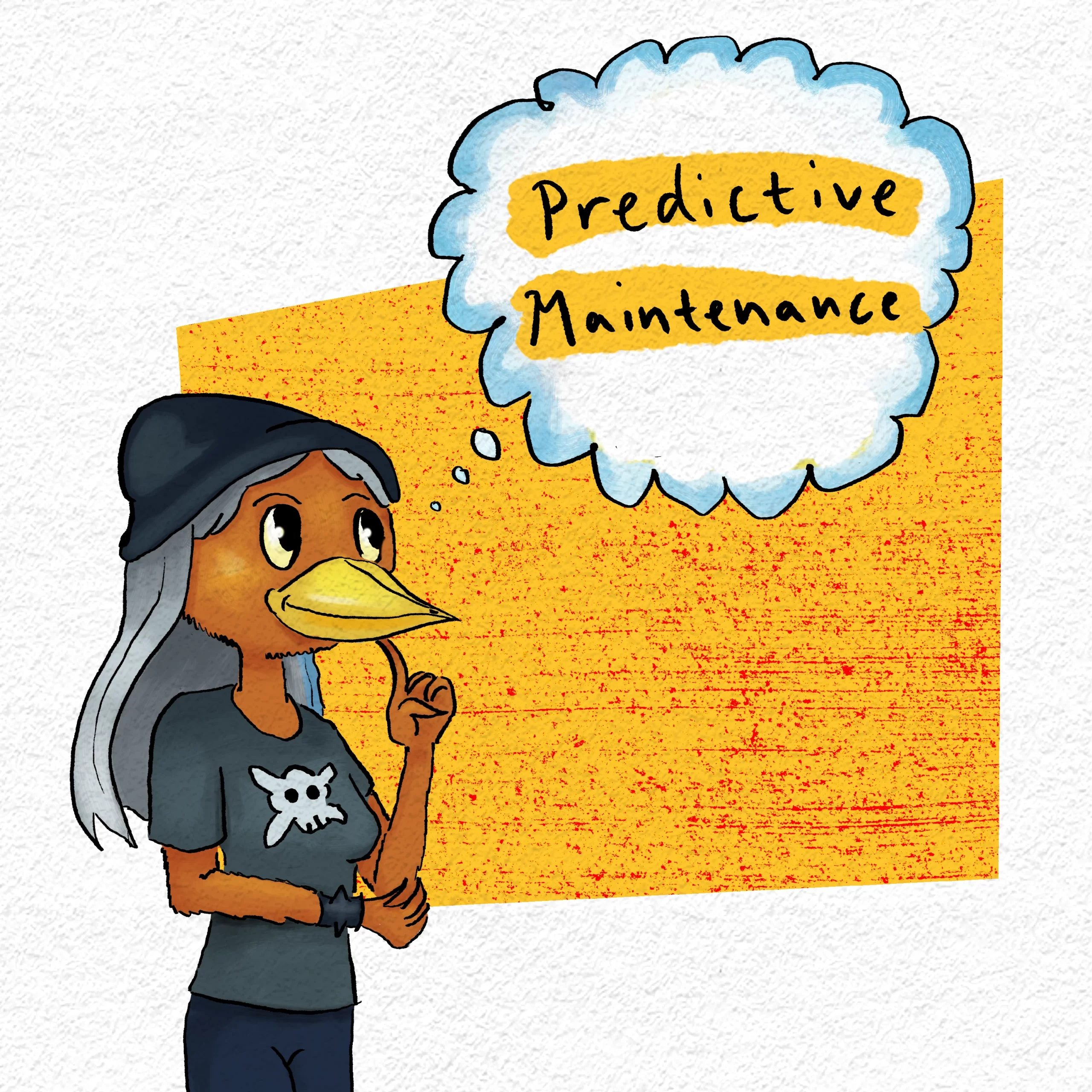
You’re probably already familiar with more manufacturing technologies than most people. You as a small business owner will of course be familiar with whatever technologies you use in your own business, and there’s a decent chance you had to research several other technologies in designing your current processes – and if your production has scaled up or has modernized over time, you may have even changed technologies.
And just-in-time learning (which is basically what it sounds like!) is often a great approach, but we here at Zattatat believe that spending a little time learning about new technology before you need it can be valuable too – it can spur creative problem solving, brand-new ideas, and even just help you have a head-start next time you do need to do some just-in-time learning.
So this week we’re kicking off a series on newer and more niche manufacturing technologies, starting with…
4D Printing
It was Gary that first decided he wanted to learn about 4D Printing.
If you’re a regular Zattatat reader, you know that Gary is an accountant in his 40s who has a side business running a bakery.

Anyway, Gary first heard of 4D Printing reading a trade publication as he was taking the train to visit family upstate…

4D Printing wasn’t going to be immediately useful in his baking business. But realizing that he hadn’t taken the time to learn about new technologies in awhile, and that he never knows where his next great idea might come from, Gary decided to do some research on 4D Printing.
So what is 4D Printing?
If you’re a regular here at Zattatat, you’re familiar with 3D Printing, also called additive manufacturing. (If you need a refresher, read about that first!) Anyway, 4D Printing is 3D printing plus a fourth dimension: the printed object changes with time!
That might sound a little sci-fi at first, but we’re not talking about a 3D-printed Pinocchio-like object that comes to life. Rather, 4D printing combines 3D printing with several other fields to make objects that change after being printed due to either materials properties, or other known ways of changing the form of a made object.
Gary recruited his friend Process Cat to help him research some of those technologies.

Anyway, they found out about…
Technologies to Accomplish 4D Printing
- The simplest example of a 3D-printed object that changes with time (which most people probably wouldn’t exactly consider 4D printing) is printing several parts and assembling them together manually, or printing one contiguous part that’s designed to be bent such that the final object is a different shape from the way it was printed. Again, this is arguably not “really” 4D Printing, but I (MG) felt that it was relevant to include as a conceptual link between 3D and 4D Printing.
- Multimaterials Printing: As the name implies, a part is printed out of multiple materials in a planned way. Then either the part simply morphs into another shape when it’s removed from the printer base due to the different properties of the different materials, or it morphs when exposed to some sort of stimulus like UV light, heat, or placement in water. (This is also due to different materials having different properties.)
- Self-Assembly: think of this one as being like the first technology on this list, but automated. An example mentioned in a recent article in MIT Technology Review is (paraphrasing here!) printing chair parts with unique geometries designed to interlock so that they’ll only fit together in one way – then essentially stirring them in a large vat of water, so that in time the parts self-assemble into chairs!
If you’re a regular Zattatat reader, you know that usually Gary thanks Process Cat for helping him out of a jam… but this time, Process Cat actually thanked Gary for bringing him in and motivating him to learn about a new topic – and giving him a free after-work coffee at the bakery to boot!
They agreed that it was a great experience and they should continue by learning about some more new technologies.

Weekly Challenge:
If you’ve just read this article and you keep 4D printing in the back of your mind, you’ve already achieved “keep an eye on new technology,” which is great!
And if this intro has piqued your interest and you want a bonus challenge, read a little more about 4D Printing! Here’s a technical overview that could be a good starting point.
Either way, come back next time as we continue our series on new manufacturing technologies!



